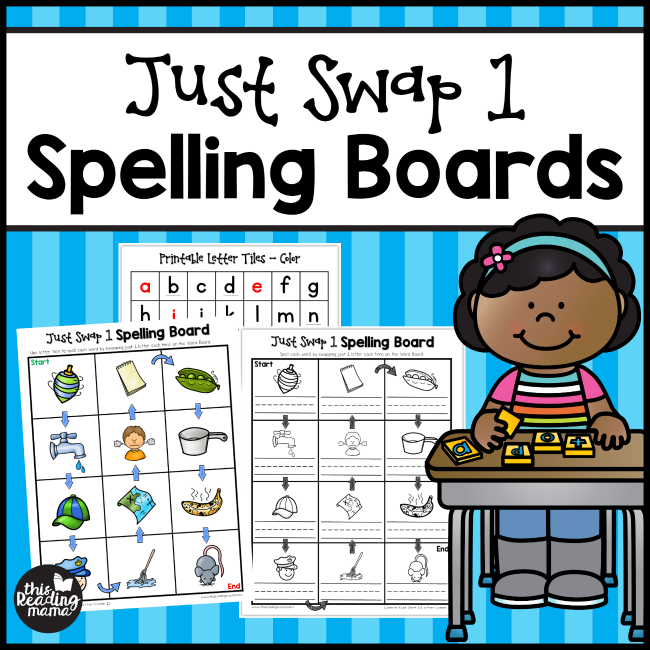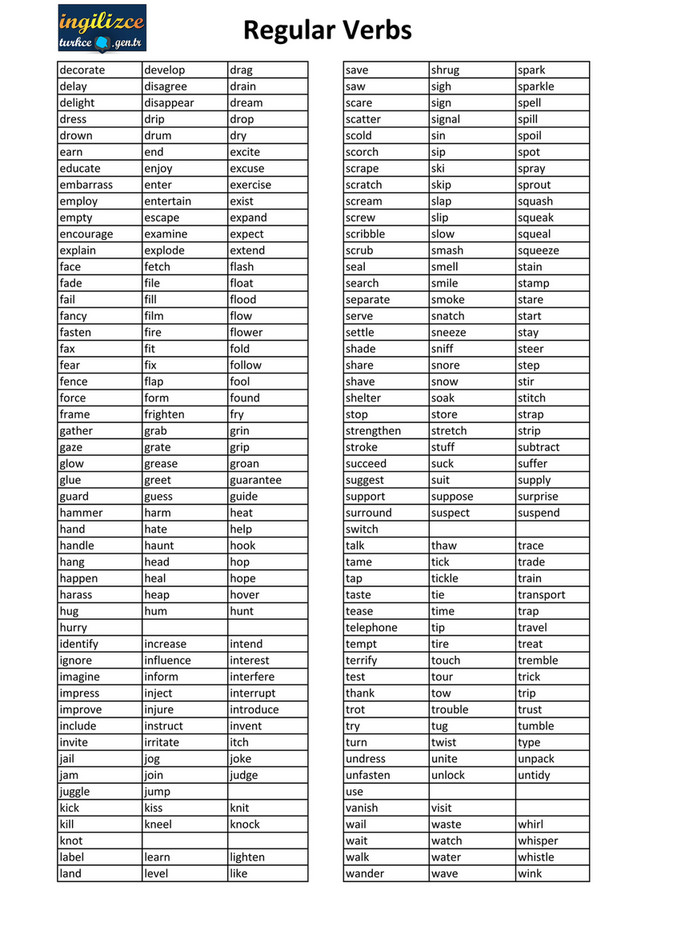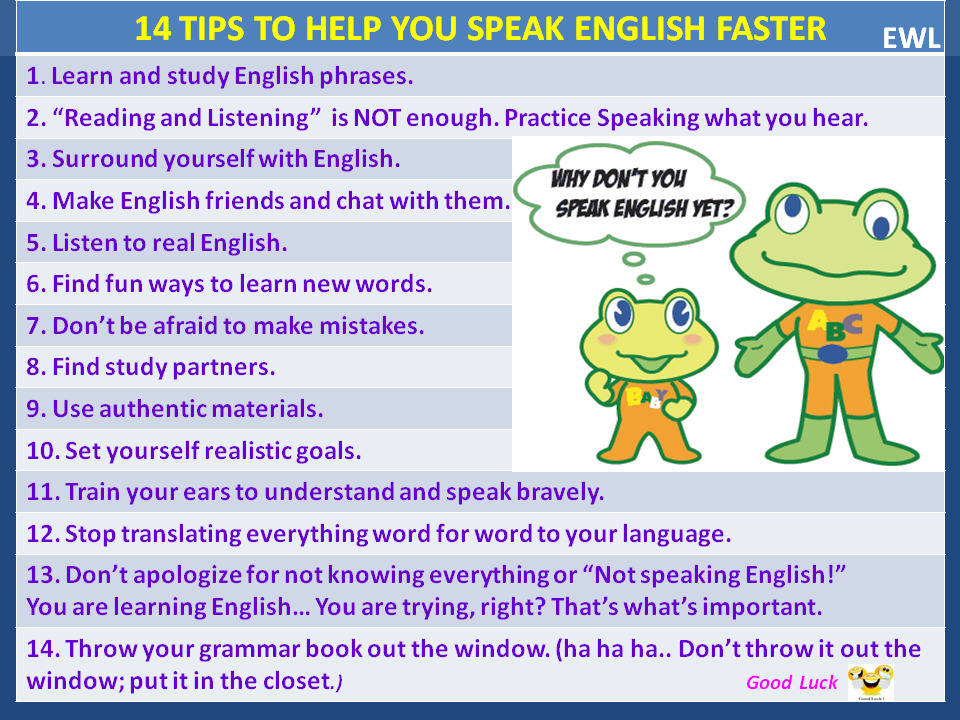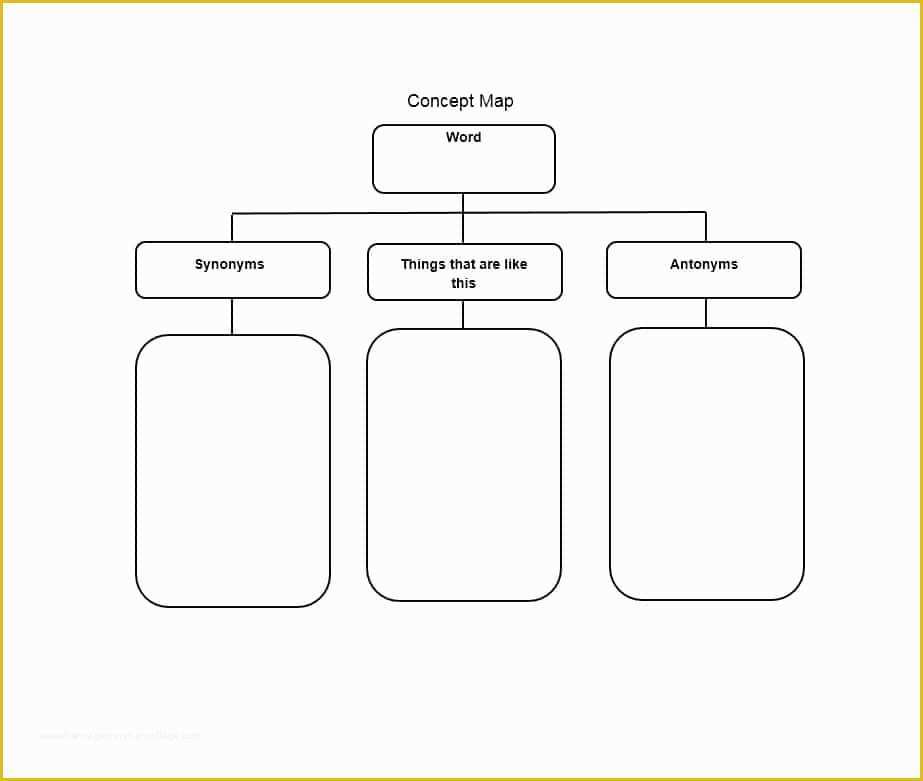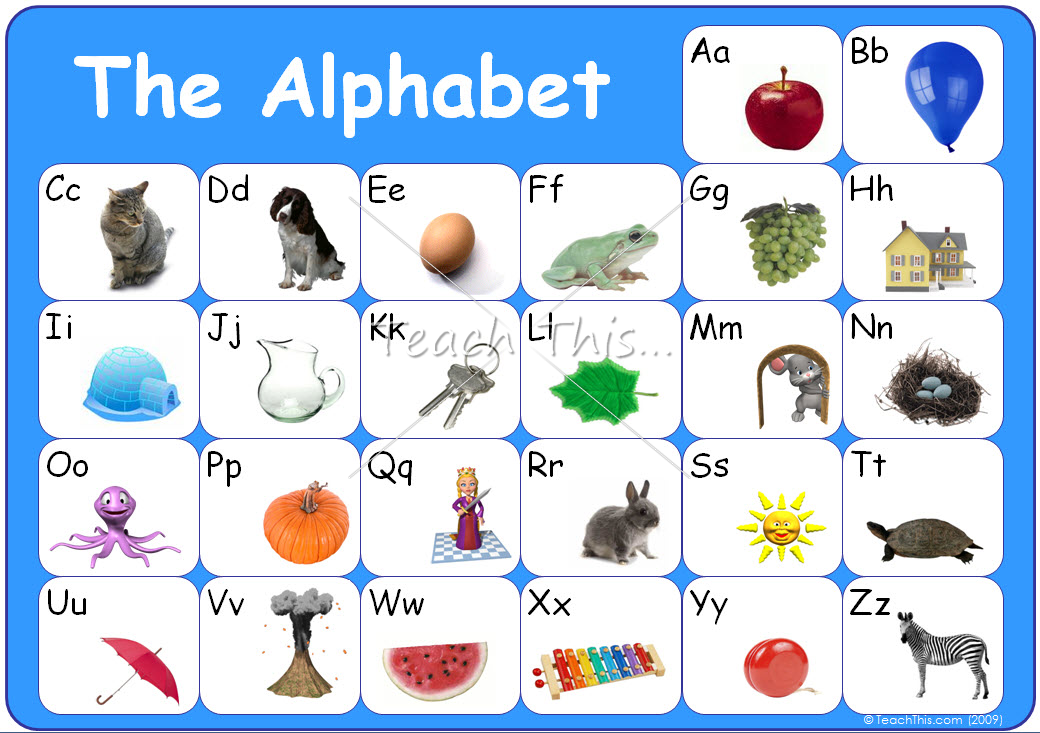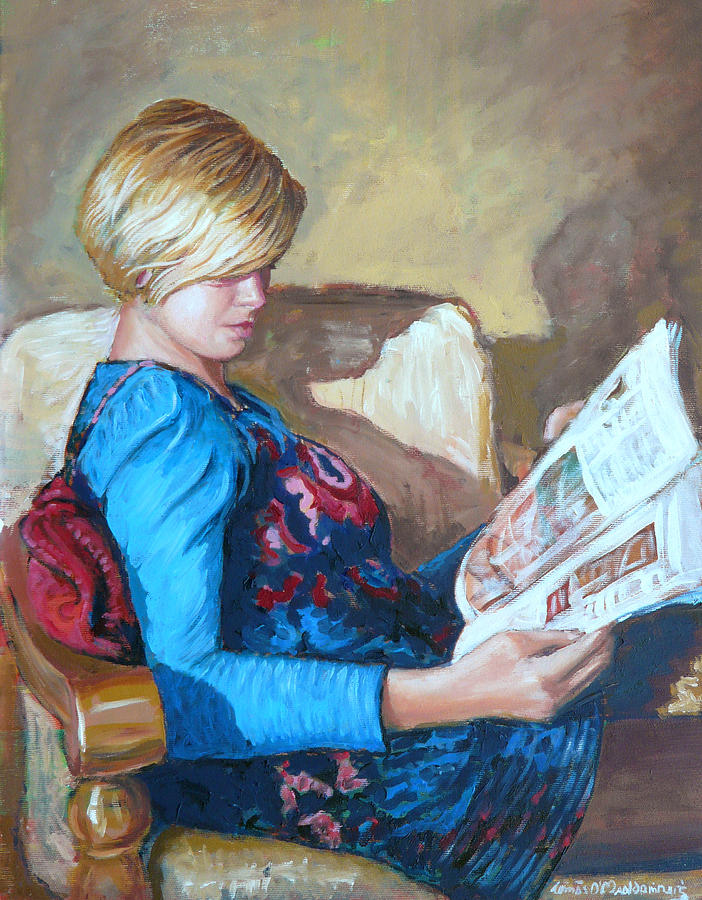Finding shapes in everyday objects
Shapes in Everyday Objects Clip Cards (with real photos)
Blog · Colors, Shapes and Patterns · Featured Colors, Shapes and Patterns · Fine Motor · Free Printables · Math · Printable
Today I’m sharing a fun freebie that will help your child see shapes in everyday objects using clip cards. These are especially fun, because they use real photos of everyday objects. Have fun learning with Shapes in Everyday Objects clip cards.
I recently created these FREE Number Sense Wheel Clip Cards, and had so much fun with it, I decided to create one for 2D shapes. This a simple, low prep activity and only requires clothespins or circle counters to do the activity. This is an easy and fun way to sneak in some fine motor skills while learning their 2D shapes. Learners will learn to identify and recognize shapes in everyday objects around them.
Simply print these free shape clip cards, laminate and you are ready to go.
This printable is FREE. Simply scroll to the end of this post, and enter your details into the BLUE box at the end of this post. You should receive me an email with the printable. Do check your junk or spam email, as it might have ended up there as well. If you have any issues please contact me at [email protected]
What are wheel clip cards?Wheel clip cards have more options that the normal clip cards you might be used to. Learners will have to choose between more options making this activity a bit tougher than normal clip cards. There can also be more than one option, so learners will have to realize that and be able to select all the correct answers.
For this reason, I would recommend using these only once the learner is familiar with the concept and needs further practice.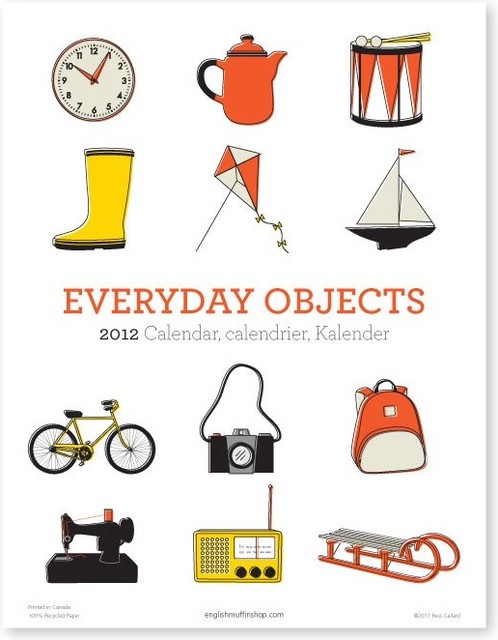 Using these to introduce the topic to the learner might be overwhelming and might result in confusion towards the learner.
Using these to introduce the topic to the learner might be overwhelming and might result in confusion towards the learner.
These wheel clip cards are so much fun. I simply love how clip cards can be used both to train those fine motor skills (clipping clothespins is hard work!) and at the same time practice whatever concept they need to work on.
I would recommend using these cards with learners who can identify basic shapes quite well, so they can start working on identifying shapes in real life objects. We have objects around us, such as the clock, tiles, lights, doors and so on. Using real photos will provide an opportunity for children to challenge themselves to recognize shapes in objects that they might not commonly see. For e.g. a heart-shaped bench, or an octagonal window. These are examples we don’t commonly see but do exist around us.
Materials for Preparation:
- Wooden clothespin (these are colored)
- Wooden clothespin
- Printer
- Laminator (highly recommended)
- Laminating sheets
There are a total of 12 wheel clip cards focusing on the following shapes.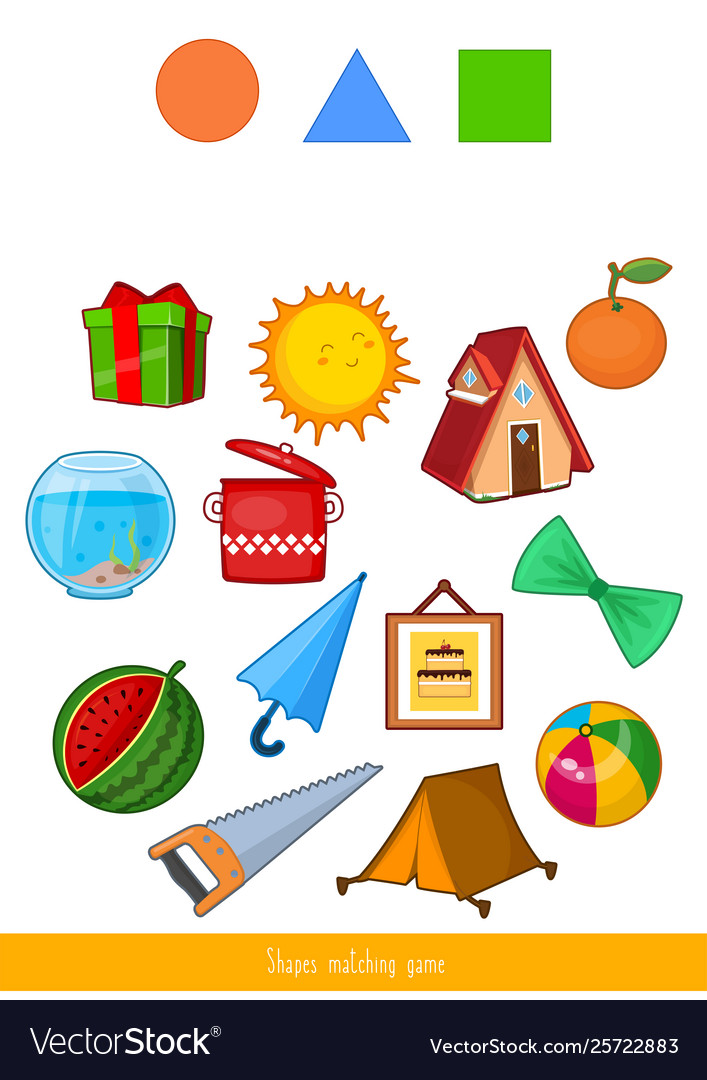
- Rectangle
- Square
- Circle
- Heart
- Hexagon
- Pentagon
- Octagon
- Trapezium
- Star
- Oval
- Rhombus
- Triangle
Each wheel contains 8 shapes of which 4 of them match the shape in the center while the other 4 shapes do not. Learners should only clip those shapes that match the shape in the center.
- Present one wheel to the learner.
- Ask them to identify the shape in the center.
- Ask them to see which shapes around it match the shape in the center and clip those.
- For the tougher shapes, learners can try to identify the matching shapes by counting the sides, and see which of the shapes match.
This printable can be used to strengthen fine motor skills, explore during morning work or used as supplemental math centers. The clip cards are skill-based, they are not thematic, so they can be used anytime during the year. The centers are best used once printed on cardstock and/or laminated. You can choose to implement these centers in an independent way or use with small-groups.
You can choose to implement these centers in an independent way or use with small-groups.
You can also make this a self-checking activity. Just put a dot on the back of the correct parts of the clip cards. If the learner has clipped the dot then the answer is correct, if not ask them to try it again, or discuss why they chose that answer.
If you enjoyed this printable, do check out these printables!
- Number Sense Wheel Clip Cards Free Printable
- Five Senses Clip Cards Freebie
- Adult and Baby Animals Bundle
- Frog 2D Shape Clip Cards Freebie
- Place Value Task Cards Freebie
- Free! What’s the Greatest Number?
- Free! Measuring School Supplies – Length
- Preschool Math – Football Fun
- Free! Zoo Animals Addition to 5 Task Cards
Grab your free printable below, just enter your details into the box, and you will receive an email containing the free printable!
Happy teaching! ~
Post Tags: #2d shapes#clip cards#shape clip cards#shapes in everyday objects#wheel clip cards
Similar Posts
Finding Shapes in Our Environment
Shapes are all around us in the natural world- stop signs, windows, traffic lights; our entire world is made up of various geometric shapes.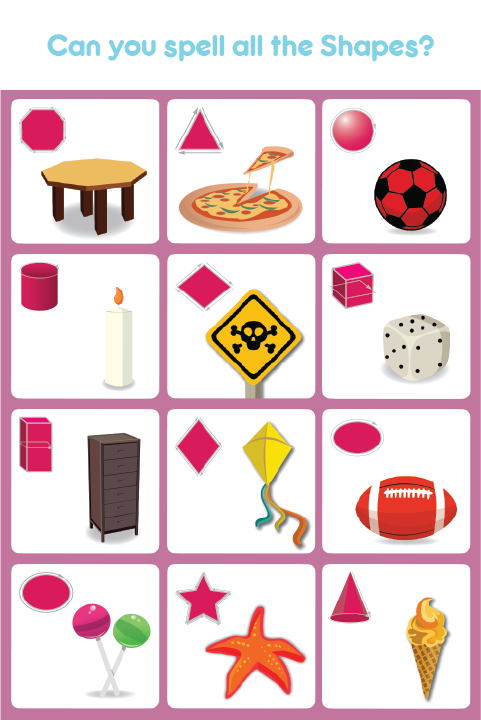 Being able to name and describe the shapes in our world seems like a basic skill, but it is another one of the fundamental learning building blocks that set the stage for future learning. Children at this age learn best when they can see and feel things that is why there are many preschool aged toys and books that incorporate shapes.
Being able to name and describe the shapes in our world seems like a basic skill, but it is another one of the fundamental learning building blocks that set the stage for future learning. Children at this age learn best when they can see and feel things that is why there are many preschool aged toys and books that incorporate shapes.
Here are a few great titles that will help enforce the identification of shapes:
- Color Zoo and Color Farm by Lois Elhart — both of these books use geometric shapes to build animals. Kids will enjoy the colorful pages while being able to explore the different shapes that make up each animal.
- Round Is a Tortilla by Roseanne Thong-this is a beautifully illustrated book that names various things that are round. It also includes many words in Spanish.
- Tangled: A Story About Shapes — an adorable book about a circle who gets tangled in a jungle gym and her shape friends who help to get her free.
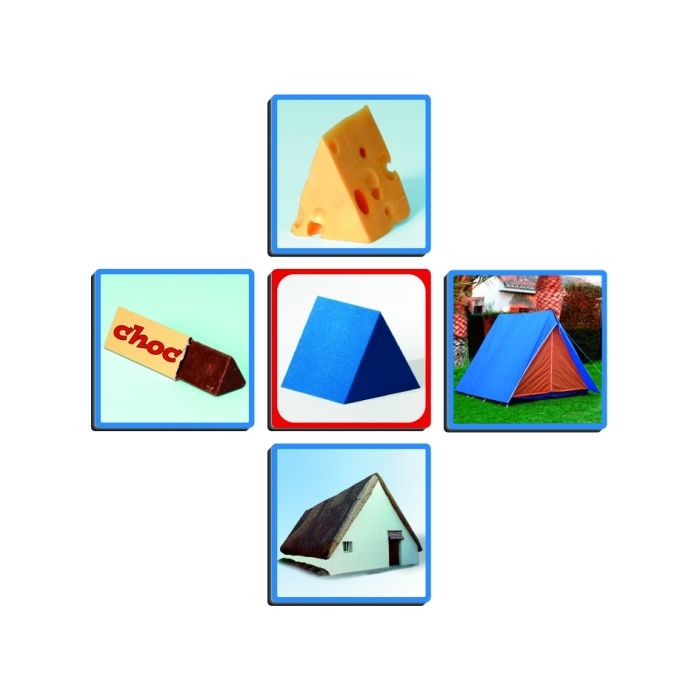
As you read these books with your child, model counting the sides of each shape and naming them. Ask your child to do the same as they become more familiar with the different shapes.
In this fun video, your child will visit a construction site and look for all of the shapes in the new house that is being built!
From a very early age, children are able to notice differences and similarities between and among different shapes. As they learn and grow they will start to develop the vocabulary to communicate different properties of shapes such as the number of sides, or the length of the sides. Being able to carefully observe an object and describe it is a fundamental part of learning that preschoolers are developing at this time. These skills will be built upon as your child continues to learn and grow.
There are a number of activities that you can do at home with your preschooler to encourage their exploration of shapes:
- Use cookie cutters and play dough to make shapes
- Create shapes using blocks
- Go on a shape hunt around the house looking for different shapes
- Use q-tips to create various shapes
- Get stickers that are different shapes and create art with them
Identifying shapes is not only helpful in math.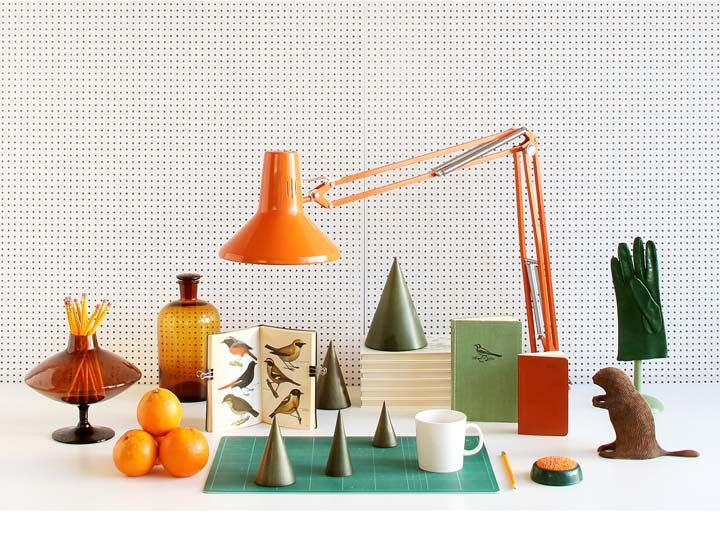 When young children are able to identify the attributes of simple shapes it helps them when it comes time to begin identifying letters and numbers. Children who practice tracing shapes will later be better able to trace letters as they learn how to write. So as you can see, it is all connected!
When young children are able to identify the attributes of simple shapes it helps them when it comes time to begin identifying letters and numbers. Children who practice tracing shapes will later be better able to trace letters as they learn how to write. So as you can see, it is all connected!
Continue the learning journey using our catalogue of activities!
As your child grows, they will begin to find more and more shapes in their world. Encourage them to describe what they see and model counting sides of a book and then naming it a rectangle for them.
Click on the activity bellow to let your child practice connecting everyday objects to shapes. As your child completes this, encourage them to count the number of sides each shape has and to describe the objects.
By: Nora Brown
Elementary School Teacher
Why do we see faces on inanimate objects?
- David Robson
- BBC Future
Sign up for our 'Context' newsletter to help you understand what's going on.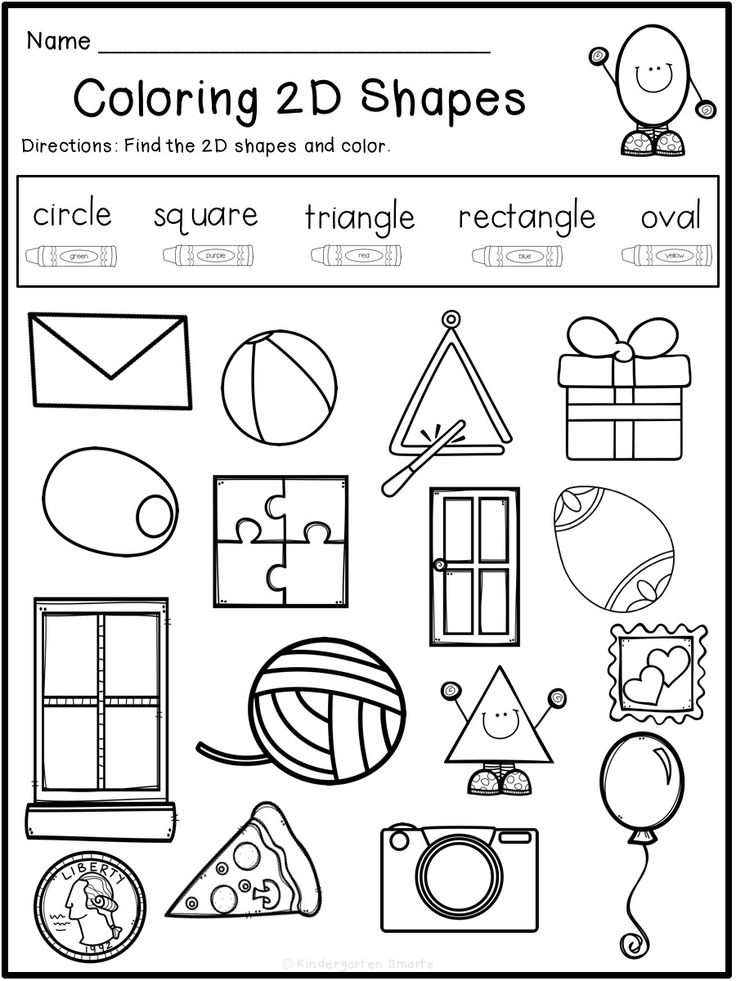
Image copyright, nottsexminer Flickr CC BY SA 2.0
From the Virgin Mary on a slice of toasted bread to an open-mouthed face in a man's scrotum - why do our brains see these images? The correspondent of decided to figure it out BBC Future.
Looking at your dinner, you don't usually expect him to stare back at you. But when Diana Duizer once brought a toast with cheese to her mouth, she was quite surprised.
"I was about to take a bite when I saw a woman's face looking at me. At first I was scared," she told the Chicago Tribune.
Rumors about this incident spread more and more, and in the end, one casino paid Duyzer 28 thousand dollars for her permission to display an amazing toast there for public viewing.
Many viewers catch in the soft and calm features of this woman's face a resemblance to the Madonna, the Mother of God, but it always seemed to me that curls, parted lips and heavy eyelids are more reminiscent of Madonna, a modern, popular singer.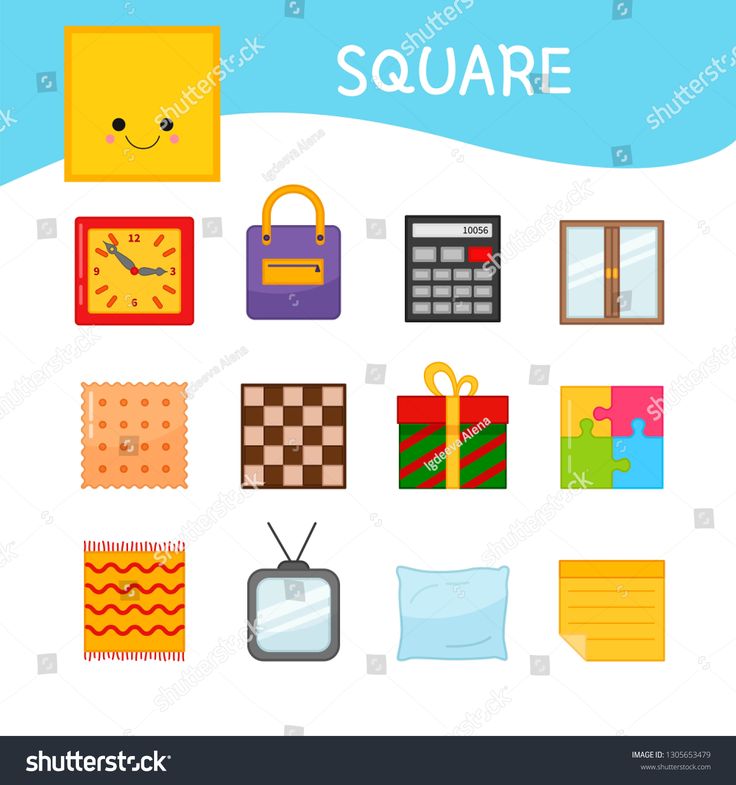
(Other BBC Future articles in Russian)
Be that as it may, this toast portrait was in well-deserved company: Jesus was also seen on a piece of fried bread, whose face allegedly appeared at different times also on corn tortilla, pancake and banana peel.
Image copyright AFP Getty Images Warner Bros Records
Buzzfeed recently published a photo of peppers that bear a strong resemblance to British politicians.
"If someone claims to have seen Jesus on a piece of toast, there is a temptation to think that this person has not everything at home," says Keng Lee from the University of Toronto in Canada. "But in fact, this is a very common phenomenon. We arranged in such a way that we see faces in a variety of objects of the visual environment.
Lee proved that this is not evidence of divine intervention at all, but that a person's imagination has a very great influence on his perception.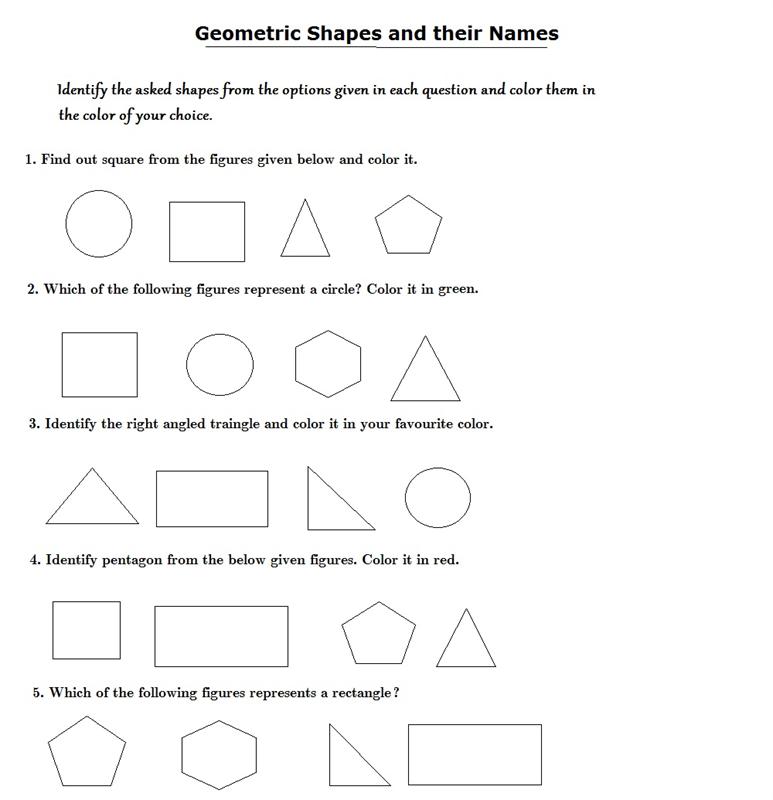
Indeed, after listening to his explanation, one involuntarily wonders whether one can trust one's own eyes.
In the circle of specialists, this phenomenon is known as pareidolia, or visual illusion of fantastic content.
Leonardo da Vinci wrote that he saw some symbols in natural cracks and scratches on stone walls. He believed that these strokes inspired him to create new works of art.
In the 1950s, the Bank of Canada was forced to withdraw a series of banknotes from circulation because they allegedly had a grinning devil peeking out of the waves of the hair in the royal portrait (although personally, with all my efforts, I can not see any horns in Her Majesty's curls).
And the Viking 1 spacecraft captured what looked like a face on the surface of Mars.
Social media makes it easy to share these finds with the world these days.
Try, for example, to search on the hashtag #iseefaces - and you will see, for example, a wise dwarf ingrown into a tree.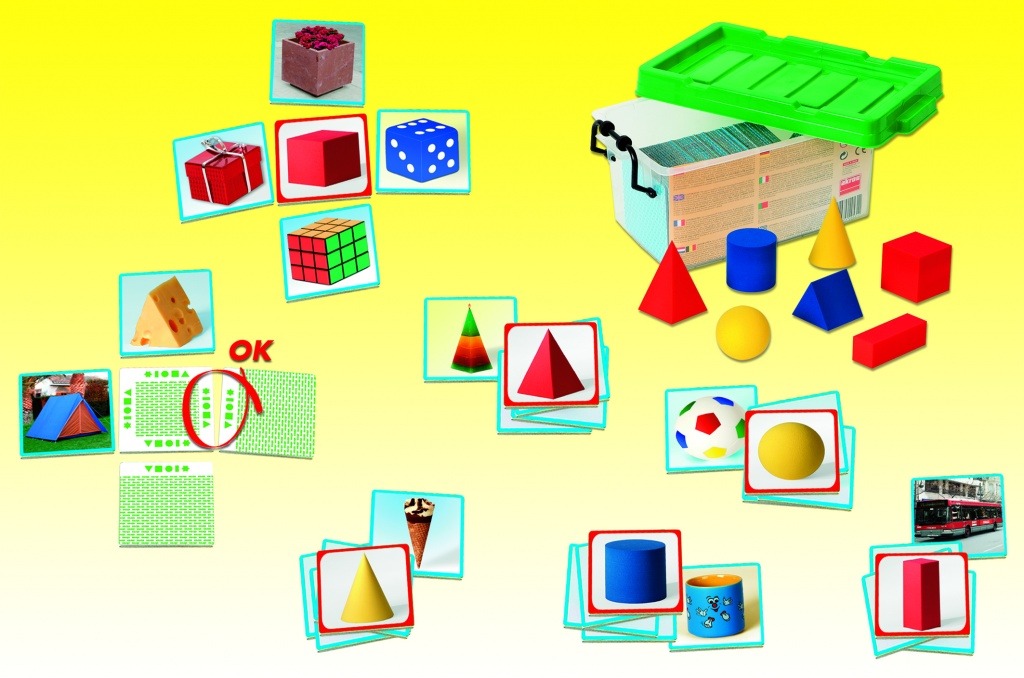 .. laddir Flickr CC BYSA 2.0
.. laddir Flickr CC BYSA 2.0
... and evil cookies who are not happy with anyone.
Image copyright thentoff Flickr CC BY 2.0
One of the strangest cases was Gregory Roberts, a urologist from Kingston, Canada. Imagine his patient's surprise when the ultrasound machine showed this open-mouthed face hidden inside his scrotum!
Photo by Gregory Roberts
Skip the Podcast and continue reading.
Podcast
What was that?
We quickly, simply and clearly explain what happened, why it's important and what's next.
episodes
The End of the Story Podcast
Once you see a face in an inanimate object, they begin to appear everywhere.
Some of these objects really look like emoticons we use to convey emotions in texting: two circles for eyes and a line for a mouth.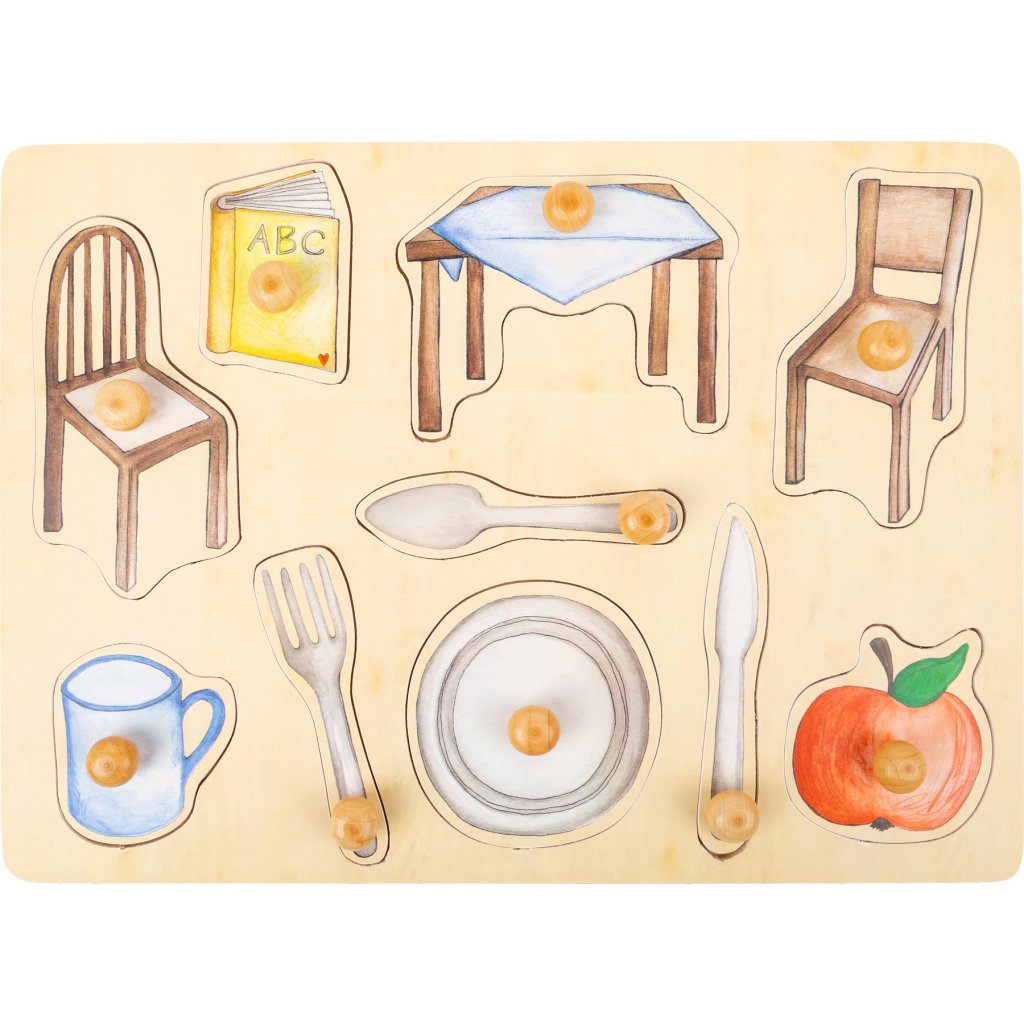
But sometimes strange creatures peek out from the most seemingly unexpected places.
In one of his experiments, Lee showed subjects chaotic gray ornaments, reminiscent of flickering dots on a TV screen with the antenna turned off.
The researcher encouraged the participants of the experiment to see a face in them, and the participants of the experiment in 34% of cases stated that they succeeded.
The facial features in these blurry pictures could only be seen with a very big stretch, but nevertheless the brain helpfully gave out the desired illusion.
"This seems to be a fairly easy phenomenon to produce," Lee states.
We tend to believe that our eyes regularly convey to us a picture of the world around us, but in fact the signals coming from the retina are far from ideal, and the brain has to correct them.
According to Li, it is this correction that explains pareidolia.
The brain is trying to determine what we currently see, relying, among other things, on our previous experience and supplementing the visible image with these expectations.
In this way, he manages to form a relatively complete picture, even if the elements of the surrounding space, for example, are hidden by darkness or fog.
But, on the other hand, due to this, our vision turns out to be more subjective than we think - that is, we really sometimes see exactly what we want to see.
To test this hypothesis, Li scanned the subjects' brains while they looked at pictures of random gray dots.
As expected, during the initial recognition of basic image features (such as color and shape), there was increased activity in the primary visual cortex.
But the researcher also noticed that when the subjects reported seeing a face, the process involved the frontal and occipital lobes, which, according to experts, are responsible for memory and complex thought processes such as planning.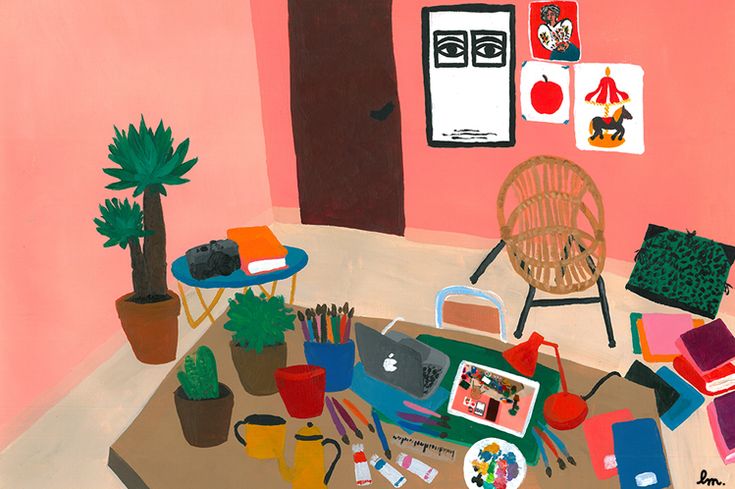
A spike in neural activity in these areas may indicate that expectations and experiences are at play, as Lee anticipated.
In turn, these processes stimulated the so-called right fusiform facial region, which reacts to faces - perhaps at this moment there is a feeling that you are looking at an animated being.
"If this zone activates, we understand that they are now 'seeing' a face," Lee says.
Now it becomes more clear why the "faces" of objects evoke the same subconscious reaction in us as do human faces.
So, last year a group of Japanese researchers noted that people try to follow the direction of an inanimate "look" - just like we do when communicating with an interlocutor.
Photo by Wout Mager Flickr CC BYNCSA 2.0
In other words, when we see slanted "eyes" on the facade of a house, we also sometimes involuntarily try to see what they are staring at.
Lee's experiment helped identify which regions of the brain might be involved in this process, but it doesn't explain why we tend to see faces at all.
Perhaps it is because we see so many faces in our daily lives and therefore expect to see them everywhere.
It is also possible that our tendency to see faces has a deeper evolutionary explanation.
Human survival depends very much on the people around us: we ask them for help or fear their aggression, and therefore we need to quickly understand their motives and respond accordingly.
Probably the brain is initially set to recognize people at the first opportunity.
It is much less dangerous to make a mistake and see facial features in tree bark than to miss an intruder hiding in the bushes.
Other scientists also suggest that a similar mechanism may underlie human spirituality.
This hypothesis comes from the fact that our brain, predisposed to understand people and their motivation, tries to see human intentions in everything that surrounds us - in a thunderstorm, a plague, or in a frightening and abstract concept of death.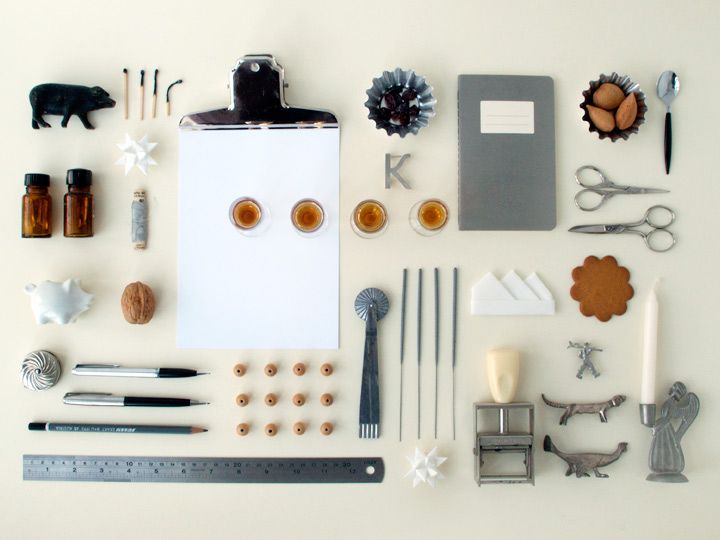
To deal with our fears, we begin to personify them, populating the world with gods and demons.
Tapani Riekki and colleagues at the University of Helsinki in Finland found that religious people are more likely to see faces in blurry pictures than atheists.
Be that as it may, the strength of our convictions can at least explain why some see the Mother of God on a piece of toasted bread, and I see the queen of the pop scene. Here is a picture for you. Do you see Jesus on it?
Image credit: Chris Gladis Flickr CC BYND 2.0
But perhaps the most common form of pareidolia in the Western world is seeing the faces of cars, or rather the front of them.
Sonia Windhager from the University of Vienna traveled to the Ethiopian hinterland to find out if this phenomenon was observed there.
Asking questions to people she met on the streets and in small cafes, at first she encountered incomprehension.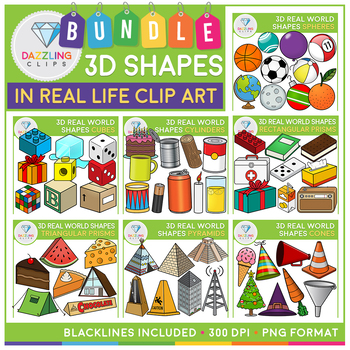 "They thought we were a little crazy," she says.
"They thought we were a little crazy," she says.
But while Ethiopians are not particularly familiar with Disney's Cars or the adventures of Herbie in Crazy Racing, they soon understood the purpose of the study and began to evaluate the appearance of cars in photographs in much the same way as Europeans.
For example, cars with large windshields, round headlights and a small grille were seen as young and feminine:
Photo by Raphal Labb Flickr CC BYSA 2.0 older and masculine:
Image copyright Dodge Chrysler
According to Windhager, this suggests that our brains are programmed to read basic biological information (age, gender) from any object that even remotely resembles a face.
And, according to the researcher, this also points to the evolutionary origin of pareidolia. "It's interesting to see how things in today's environment are still perceived by us according to these ancient mechanisms," she notes.
In other experiments, Windhager found that consumers generally prefer cars that look impressive - a trait that automakers are taking advantage of.
Thus, in 2006, the Wall Street Journal wrote that sales of "nice cars" such as the legendary Volkswagen Beetle were declining - probably because their owners were oppressed by the ever-growing number of large SUVs around.
Therefore, the designers decided to draw more aggressive cars. The Dodge Charger, for example, received stern-looking slit headlights.
"We seem to make eye contact with the headlights in the same way that people on the street make eye contact," says Chrysler designer Ralph Gills. "And we paint menacing faces on cars."
However, Windhager wondered if the illusion of a car's gaze could affect traffic safety.
"Perhaps the kids might think the car sees them and won't get out of the way," she suggests, adding that the headlights' aggressive expression could, in theory, make surrounding drivers act aggressively or more nervously.
Similar psychological effects can be observed in other areas of our lives.
Various studies have shown that a simple picture of a pair of eyes hanging on a wall can make people behave more honestly, and with this simple trick in some areas, it was possible to reduce the number of bicycle thefts by 60%.
And it would be interesting to know whether thieves get into houses with a face on the facades less often.
There is something striking about the fact that the randomly matched visuals that people submit to #iseefaces can have a real impact on our behavior.
We no longer populate the unknown world with fictional spirits as much as our ancestors did, but to this day we see ghostly faces in cars, houses and social media feeds.
But at least these creatures can give even the most soulless and ugly place some spark of humor and life. Like this cute kid.
Image copyright Daniel Oines Flickr CC BY 2. 0
0
Read the original of this article in English is available on site BBC Future.
Moment of force - how to find? What is measured? Formulas
Force: what is this value
In everyday life, we often see how any body deforms (changes shape or size), accelerates or slows down, falls. In general, which only with different bodies in real life does not happen. The cause of any action or interaction is force.
- Force is a physical vector quantity, it is a measure of the action of a body on another body.
It is measured in newtons - this unit is named after Isaac Newton.
Force is a vector quantity. This means that, in addition to the module, it has a direction. The result depends on where the force is directed.
Here you are standing on a longboard: you can push off to the right, or you can push off to the left - depending on which direction you push off, the result will be different. In this case, the result is expressed in the direction of movement.
In this case, the result is expressed in the direction of movement.
Practicing child psychologist Ekaterina Murashova
Free course for modern moms and dads from Ekaterina Murashova. Sign up and participate in the drawing of 8 lessons
Shoulder of strength
To begin with, let's figure out what a shoulder of strength is - it will be very useful to us today.
Imagine a person. Completely ordinary. If he is completely ordinary, he will definitely have shoulders - without them, you will already get some kind of alien. If we draw a straight line along the line of the shoulder, and then another one along the line of the arm, we will get two intersecting straight lines. The angle between such lines will be equal to 90 degrees, which means these lines are perpendicular.
As the anatomical shoulder is perpendicular to the arm, so in physics the shoulder is perpendicular, only narrower than the line of action of the force.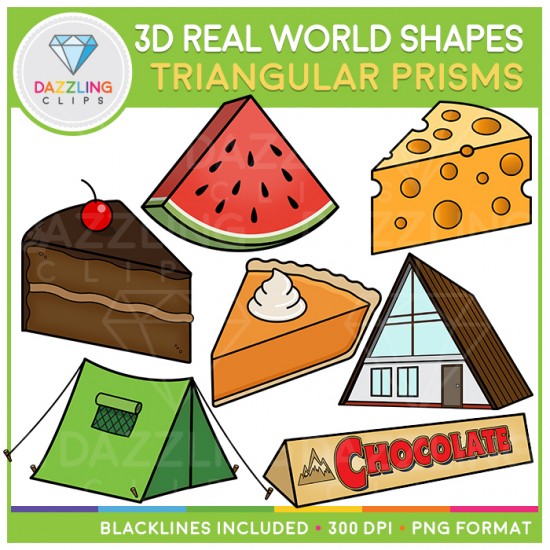
That is, the perpendicular drawn from the fulcrum to the line along which the force acts - is the arm of the force.
Try USE preparation courses in physics with an experienced teacher at the Skysmart online school!
Lever
Every yard has a swing that requires two swingers (if your yard doesn't have one, look in the next one). A large board is placed in the middle on a fulcrum. In essence, the swing is is a lever.
Lever is the simplest mechanism, which is a beam that rotates around a fulcrum.
Okay, now let's find the arm of this design. Take the right side of the swing. The gravity force of the right swinger acts on the swing, we draw a perpendicular from the line of action of the force to the fulcrum. It turned out that the shoulder coincides with the lever, except that the lever is the whole structure, and the shoulder is half.
Let's try to lower the swing on the right, then what we get: the lever remains the same in length, but it has shifted by some angle, but the shoulder has remained in the same place. If the direction of the force does not change, as does the fulcrum, then the perpendicular between them cannot be changed.
| Lever Balance Rule The lever is in equilibrium when the forces acting on it are inversely proportional to the shoulders of these forces. F 1 , F 2 - forces acting on the lever l 1 , l 2 - shoulders of these forces |
Free English lessons with a native speaker
Practice 15 minutes a day. Learn English grammar and vocabulary. Make language a part of life.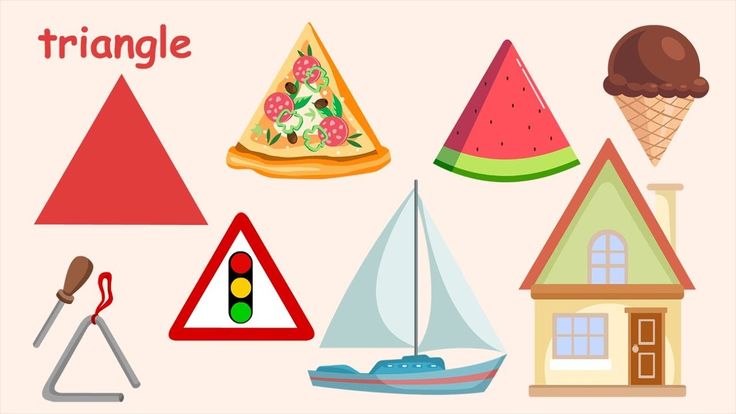
Moment of force
When solving problems for various forces, we usually just had enough forces. The force always acts linearly (well, in the worst case, at an angle), so it is very convenient to use Newton's laws, to equate different forces. This worked for solid points, but won't be as easy to apply to solids that have a shape and size.
Here we have applied a force to the edge of the stick, but at the same time we cannot say that the same acceleration and the same force will be at the other end. To do this, we introduce such a concept as the moment of force.
Torque is the product of the force on the arm. To determine the physical meaning, we can say that moment is a rotational action.
| Torque M = Fl M - moment of force [Nm] |
For example, imagine that you forgot how to open doors.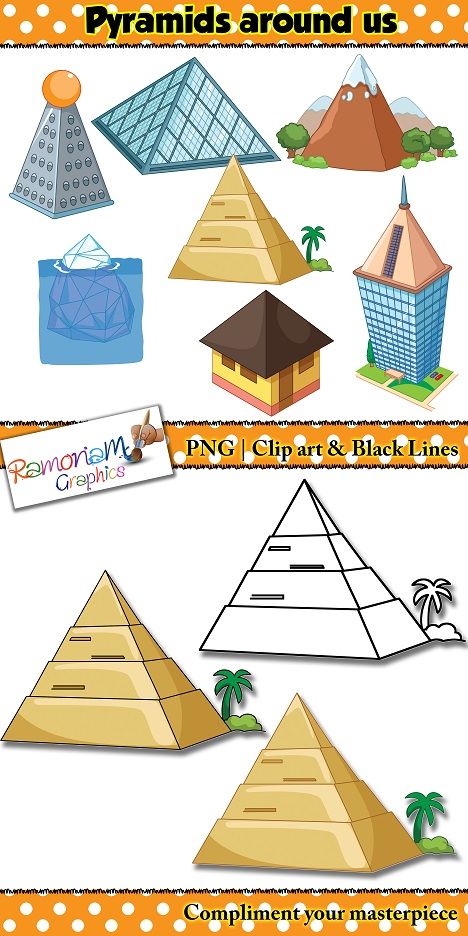 Stand in front of the door and think about how easy it is to do it.
Stand in front of the door and think about how easy it is to do it.
First, apply force to the edge of the door - where the longest lever is. Opened!
But what if you push the door closer to the fixture - where the arm is much shorter? To do this, you will have to apply a greater force.
Conclusion: A certain amount of torque is needed to turn a door. The larger the arm of the force, the smaller the value of the force to be applied - and vice versa. Therefore, it is easier for us to push the door where the shoulder of force is greater.
Similar story with the wrench. To tighten the nut, you need to grab the handle away from the nut. By increasing the leverage, we decrease the value of the force to be applied.
Moment calculation
Now let's look at several options for how the moment can be calculated. In theory, you just need to multiply the force by the shoulder, but since we are dealing with vectors, everything is not so simple.
If the force is perpendicular to the axis of the bar, we simply multiply the modulus of the force by the arm.
Distance between points A and B is 3 meters.
Moment of force about point A:
MA=F×AB=F×3m
If the force is located at an angle to the axis of the rod, we multiply the projection of the force by the arm.
Please note that such tasks can only be encountered by students not earlier than grade 9!
Moment about point B:
MB=F×cos30×AB=F×cos30×3m
If the shortest distance from the point to the line of action of the force is known, the moment is calculated as the product of the force and this distance (arm).
Moment about point B:
MB=F×3m
Moment rule
Let's go back to our rams swing.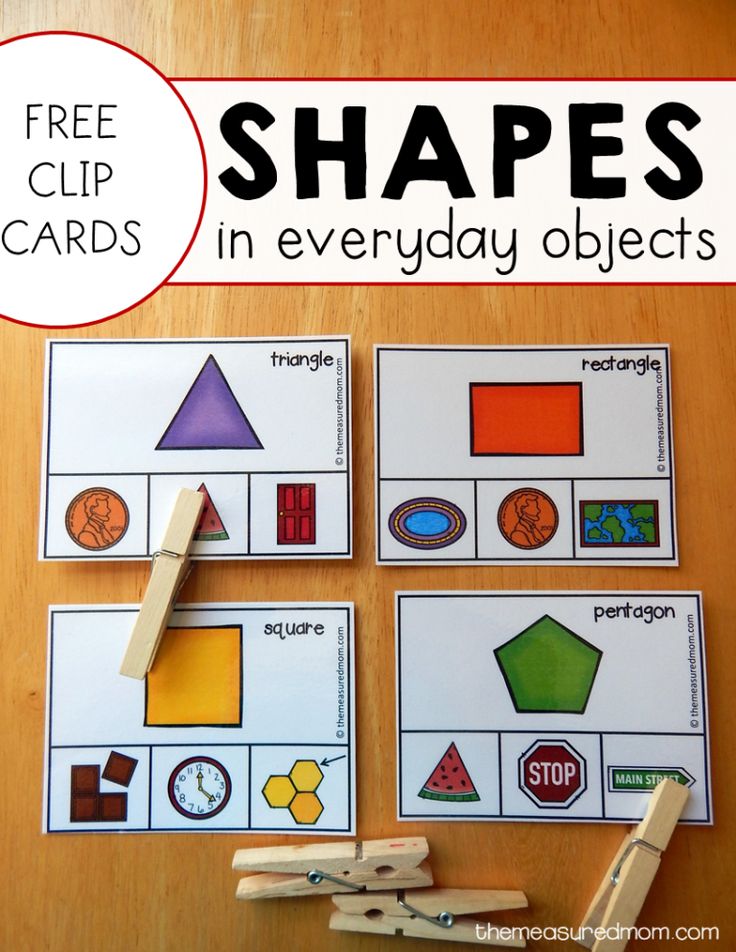 The forces with which we act on different sides of this swing may be different, but the moments should be the same.
The forces with which we act on different sides of this swing may be different, but the moments should be the same.
The rule of moments says that if the lever does not rotate, then the sum of the moments of forces turning the lever counterclockwise is equal to the sum of the moments of forces turning the lever clockwise.
This condition is satisfied with respect to any point.
| Moment rule M 1 + M 2 +...+ M n = M’ 1 + M’ 2 +...+ M’ n M 1 + M 2 +...+ M n is the sum of the torques turning the lever clockwise [Nm] M’ 1 + M’ 2 +. |
Let's look at this law on the example of tasks.
Problem 1
A weight of 3 kg is attached to the left end of a weightless rod.
The rod was placed on a support spaced from its left end by 0.2 rod length. What is the mass of the weight that must be suspended from the right end of the rod so that it is in equilibrium?
Solution:
One of the rod equilibrium conditions is that the total moment of all external forces relative to any point is equal to zero. Consider the moments of forces about the fulcrum. The moment created by the left weight is equal to it rotates the rod counterclockwise. The moment created by the right weight: - it rotates clockwise.
Equating the moments, we get that for balance to the right end of the rod it is necessary to hang a load of mass
M = m : 4 = 3 : 4 = 0.75 kg load weighing 0.75 kg
Task 2
A traveler carries a bag with things on a light stick. To keep a weight of 80 N in balance, he applies a vertical force of 30 N to the end B of the stick. OB = 80 cm. What is OA?
Solution:
According to the rule of leverage:
where FA and FB are the forces applied respectively to points A and B. Let's express the length OA:
Answer: distance OA is 30 cm
Problem 3
A body weighing 0.2 kg is suspended from the right shoulder of a weightless lever (see figure).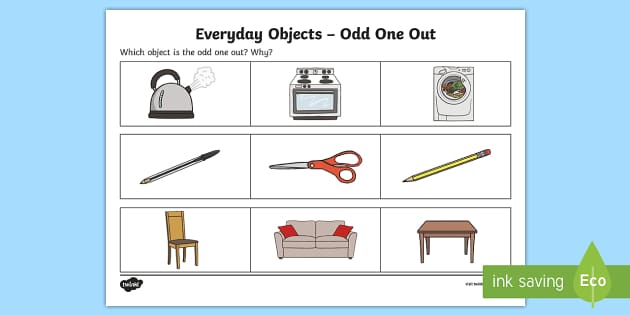 What mass of load must be suspended from the second division of the left arm of the lever to achieve balance?
What mass of load must be suspended from the second division of the left arm of the lever to achieve balance?
Solution:
Lever rule
Hence
Answer: The mass of the load is 0.3 kg
Problem 4 - a.k.a the most difficult problem
Under the influence of gravity mg of the load and force F, the lever shown in the figure is in equilibrium. The force vector F is perpendicular to the lever, the load does not press on the plane. The distances between the points of application of forces and the fulcrum, as well as the projections of these distances on the vertical and horizontal axes, are shown in the figure.
If the modulus of force F is 120 N, what is the modulus of the force of gravity acting on the load?
Solution:
One of the equilibrium conditions for the lever is that the total moment of all external forces about any point is equal to zero.

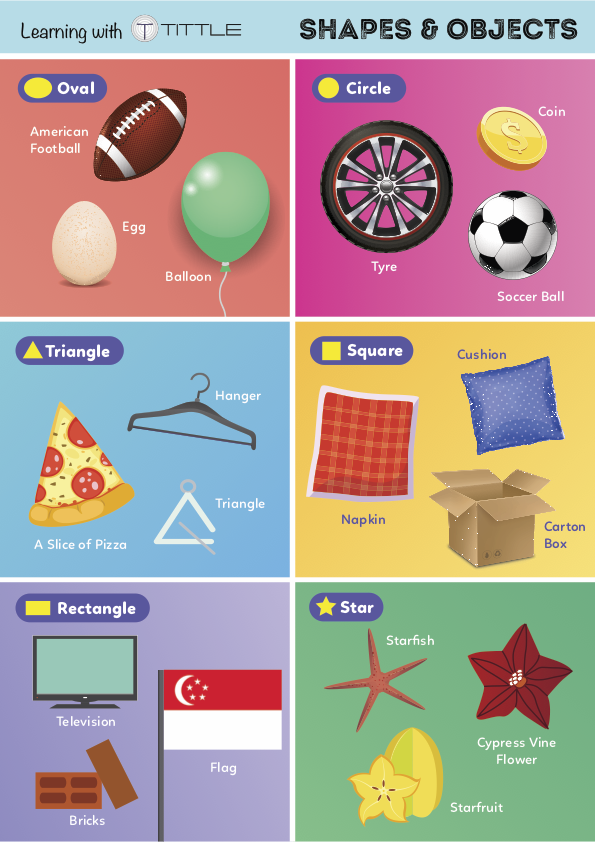 ..+ M’ n is the sum of the moments of forces turning the lever counterclockwise [Nm]
..+ M’ n is the sum of the moments of forces turning the lever counterclockwise [Nm] 